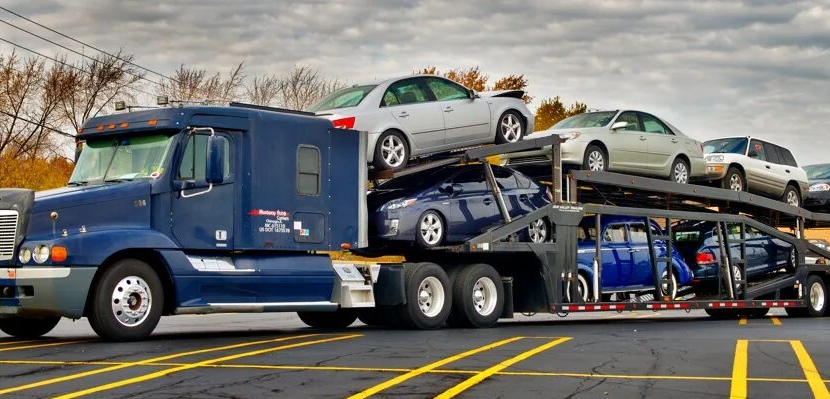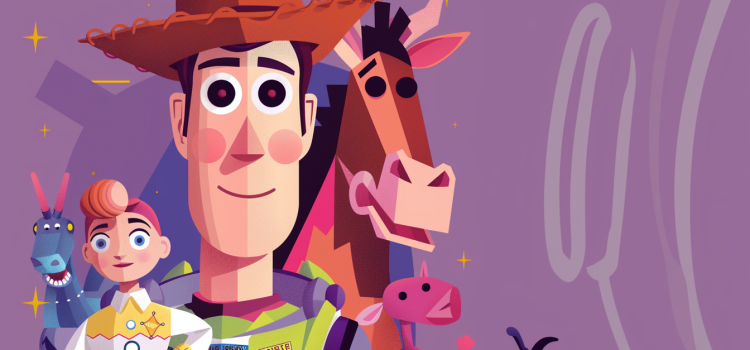
Introduction
The animation and visual effects (VFX) industry has always been at the forefront of technological innovation. From the early days of hand-drawn animations to the advent of computer-generated imagery (CGI), each technological leap has brought new possibilities and transformed the way stories are told. Today, the industry is on the cusp of another significant transformation, driven by Artificial Intelligence (AI). AI Animation is not just a buzzword; it represents a paradigm shift that is poised to revolutionize the creation, production, and consumption of animated content and visual effects.
Understanding AI Animation
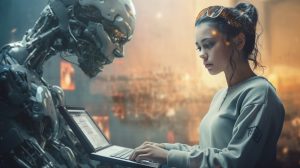
AI Animation refers to the application of artificial intelligence technologies to the field of animation and visual effects. This encompasses a wide range of techniques and tools, from machine learning algorithms that can generate lifelike character movements to neural networks that can create realistic textures and environments. AI can assist in automating repetitive tasks, enhancing creative processes, and even generating entire scenes or characters autonomously.
Automating Repetitive Tasks
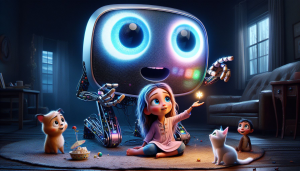
Image by: Google.com
One of the most immediate impacts of AI in animation is the automation of repetitive tasks. Traditional animation involves a significant amount of manual labor, such as in-betweening (the process of generating intermediate frames between two keyframes), rigging (creating the skeletal structure of a character), and rotoscoping (tracing over motion picture footage frame by frame). AI algorithms can take over these tasks, significantly reducing the time and effort required.
For instance, AI-driven tools can automate the in-betweening process by predicting and generating the intermediate frames based on the keyframes provided by the animator. This not only speeds up the production process but also allows animators to focus on the more creative aspects of their work.
Enhancing Creative Processes
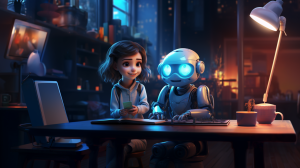
AI is not just about automation; it also enhances the creative processes involved in animation and VFX. Machine learning algorithms can analyze vast amounts of data to generate new ideas, styles, and techniques. For example, AI can analyze thousands of hours of footage to understand different styles of movement, lighting, and textures, and then use this knowledge to create new, unique animations.
Generative Adversarial Networks (GANs) are a prime example of this. GANs consist of two neural networks – a generator and a discriminator – that work together to create realistic images, textures, and even entire scenes. The generator creates images, while the discriminator evaluates them against real images, providing feedback to the generator to improve its outputs. This iterative process results in highly realistic and creative animations that can be used in films, video games, and other media.
Real-Time Animation and Motion Capture
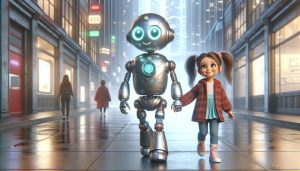
Real-time animation and motion capture have seen significant advancements thanks to AI. Traditional motion capture requires actors to wear suits with markers, which are then tracked by cameras to capture their movements. This data is then used to animate characters. While effective, this process can be time-consuming and expensive.
AI-driven motion capture systems, on the other hand, can capture movements using just a few cameras or even a single camera, without the need for markers. These systems use machine learning algorithms to analyze the footage and extract the movement data, making the process faster, more cost-effective, and accessible to a broader range of creators.
Real-time animation, where characters are animated in real-time as the actor performs, has also benefited from AI. This technology can be used in live broadcasts, virtual reality experiences, and interactive media, providing a more immersive and dynamic experience for the audience.
Creating Realistic Characters and Environments
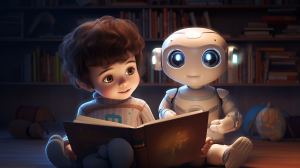
One of the most challenging aspects of animation and VFX is creating realistic characters and environments. AI has made significant strides in this area, enabling the creation of highly detailed and lifelike characters and environments.
Deep learning algorithms can analyze real-world data to create realistic textures, lighting, and shadows. For example, AI can analyze photographs of real-world environments to generate highly detailed and realistic 3D models. This technology can be used to create everything from realistic human characters to fantastical creatures and landscapes.
Moreover, AI can be used to enhance facial animations, making characters’ expressions more lifelike and emotionally engaging. By analyzing real human expressions and movements, AI can generate realistic facial animations that capture the nuances of human emotions.
Challenges and Ethical Considerations
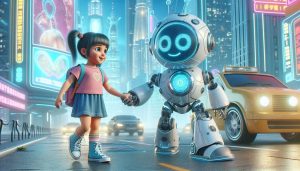
While the impact of AI on animation and VFX is overwhelmingly positive, it is not without its challenges and ethical considerations. One of the primary concerns is the potential loss of jobs due to automation. As AI takes over repetitive tasks, there is a risk that some roles in the industry may become obsolete. However, it is also important to note that AI can create new opportunities and roles that did not exist before, such as AI specialists and data scientists.
Another ethical consideration is the potential for AI to be used to create deepfakes – highly realistic but fake videos or images. This technology can be used to create misleading or harmful content, raising concerns about privacy and security.
To address these challenges, it is essential for the industry to adopt ethical guidelines and practices for the use of AI. This includes ensuring transparency in AI-generated content, protecting the rights of creators, and promoting the responsible use of AI technologies.
Conclusion
AI Animation is transforming the animation and visual effects industry in profound ways. By automating repetitive tasks, enhancing creative processes, enabling real-time animation and motion capture, and creating realistic characters and environments, AI is opening up new possibilities for creators and storytellers. While there are challenges and ethical considerations to address, the potential benefits of AI in animation and VFX are immense. As the technology continues to evolve, it will undoubtedly shape the future of the industry, pushing the boundaries of what is possible and enabling new forms of creative expression.


